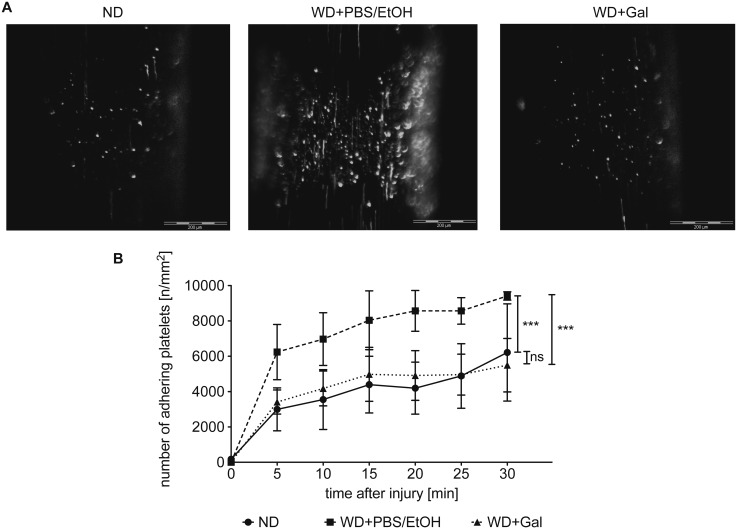Fig 3. Galiellalactone reduces the adhesion of platelets to the ligation-injured arteria carotis communis.
In a common carotid artery thrombosis model, carotid injury in ApoE-deficient mice either fed for 18 weeks with normal chow diet (ND) or western-type diet (WD) (treated with Galiellalactone (Gal) or vehicle (PBS/EtOH) for 6 weeks) was induced for 5 minutes by transient ligation. The adhesion of fluorescence-labeled platelets of donor mice to the injured blood vessel was observed every 5 minutes after injury in situ by high-speed intra-vital epifluorescence high-speed video microscopy for an observation period of 30 minutes. The upper panel (A) shows representative images of adhering platelets 30 minutes after injury. Data shown in the lower panel (B) are mean ± SEM of 3–4 mice (*** = p < 0.001 vs. WD + PBS/EtOH; ns = not significant vs. ND; two-way ANOVA).

